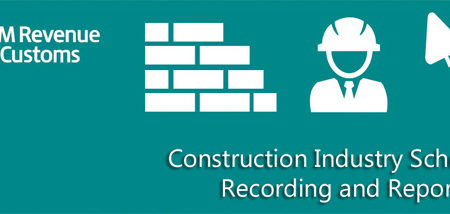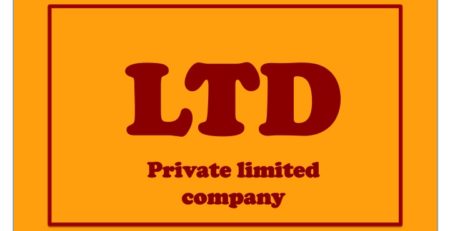All taxable UK limited companies must pay corporation tax on their annual profits. It is the responsibility of the company’s director(s) to ensure that corporation tax returns have been filed with HMRC and that all tax has been paid on time. The deadline for filing a corporation tax return is usually 12 months after the end of the accounting period to which the return relates.
corporation tax in instalments, with some of the payments becoming due during (rather than after) the financial year.
From April 2023, companies will pay the higher 25 per cent corporation tax rate, provided they have profits above £250,000. Smaller entities with profits up to £50,000 will remain at the previous 19 per cent rate.
All companies that report profits of £50,001 or more but less than £250,000 will receive a marginal relief of 26.5%. Marginal relief introduces a gradual increase in corporation tax rates for companies with profits that fall between the lower and upper limits. In the simplest case, to calculate marginal relief, multiply the fraction of marginal relief by the difference between the upper limit and the company’s profits. For example, if the taxable profits for a 12-month accounting period are £150,000, use a calculation of 3/200 x (£250,000 – £150,000). This equates to £1,500, which is the amount of corporation tax relief.
Examples:
A company with a taxable profit of £85,000 would pay 19% to the first £50,000 and then 26.5% to £250,000 = £18,775.
If the profit increased to £250,000, the same calculation would apply, giving rise to a corporation tax liability of £62,500.
A larger company with a profit of £300,000 would pay full tax at a rate of 25 per cent = £75,000.
The 19 per cent rate for smaller companies is called the small profits rate (or SPR).




